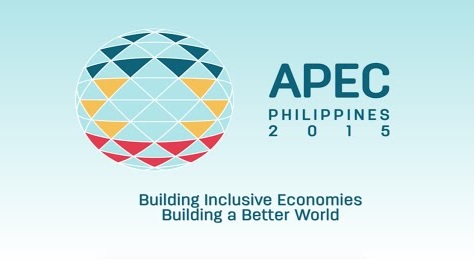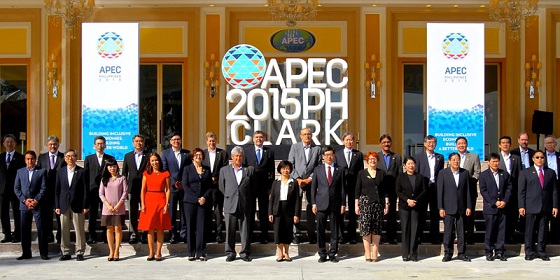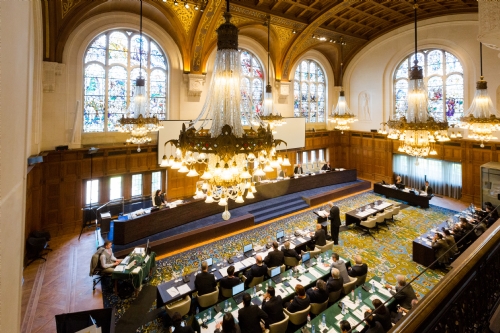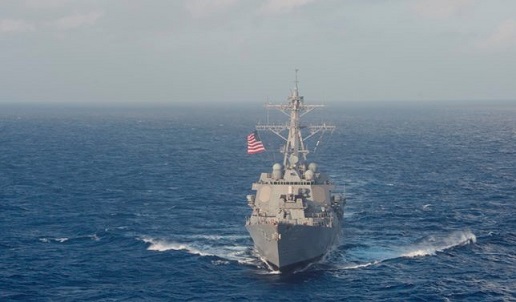
South China Sea looms large even if it is not in the agenda of the 23rd meeting of the leaders of the Asia Pacific Economic Cooperation in Manila on Nov. 18 and 19.
Foreign Undersecretary Lula del Rosario, chair of the APEC 2015 Senior Officials Meetings, which did all the vital spadework for the Foreign Ministers Meeting and the Leaders Meeting, gave two reasons why South China Sea is not in the agenda.
First, the South China Sea issue is political.
Second, South China Sea is not common to all APEC members.
APEC is an organization of Economies, not countries (That’s why Hongkong is member separate from China. So is Taiwan.) Started in 1989, APEC’s primary goal is to support sustainable economic growth and prosperity in the Asia-Pacific region.
Its 21 member economies are home to around 2.8 billion people and represent approximately 57 per cent of world GDP and 47 per cent of world trade in 2012.

APEC members are Australia, Brunei Darussalam, Canada, Chile, China, and Hong Kong, Indonesia;
Japan, South Korea, Malaysia, Mexico, New Zealand, Papua New Guinea, Peru;
Philippines, Russia, Singapore, Chinese Taipei or Taiwan, Thailand, United States and Viet Nam.
The uniting element for APEC member economies is the Pacific Ocean. Although not all countries along the Pacific Ocean are APEC members.
“If you talk about the sea, you talk about the Pacific Ocean. Latin America is outside the South China Sea. How do you expect Peru (which is the host of the 2016 APEC) to participate in the discussion about the South China Sea problem?” del Rosario explained.
Next week’s APEC comes less than three weeks after the United Nations Arbitral Tribunal ruled that it has jurisdiction to hear some territorial claims the Philippines has filed against China over disputed areas in the South China Sea.
It was a major blow to China which has vehemently opposed internationalizing the conflicting claims in the South China Sea and insists on bilateral talks with other claimants.

Brunei, Malaysia, Philippines and Vietnam claim parts of South China Sea.
China, which refused to participate in the case said it considers the Arbitral Tribunal’s Oct. 29 decision “null and void, and has no binding effect on China.”
Del Rosario said she has been assured by Chinese senior officials that China will be represented in the Leaders Meeting but it’s not sure if its President Xi Jinping or Premier Li Keqiang.
(Update: Nov. 9 – China’s Foreign Ministry Spokesperson Hong Lei announced that President Xi Jinping is attending the 23rd APEC Summit in Manila.)
During the two-day meeting, there’s a good chance that Xi will be talking with U.S. President Barack Obama, who has turned Freedom of Navigation in the South China Sea a crusade as China expands its occupation in the disputed waters through reclamations and installations of facilities.
Each year, $5.3 trillion worth of trade which represents 40 per cent of the world trade, passes through the South China Sea. Some $1.2 trillion of the total global trade is by the United States.

U.S. defense officials said they will be making more freedom of navigation patrols in the South China Sea waters while China’s foreign ministry spokesman warned “we will decide when and how to respond in our own way.”
No bilateral meeting is scheduled between Xi and President Aquino.
Be First to Comment